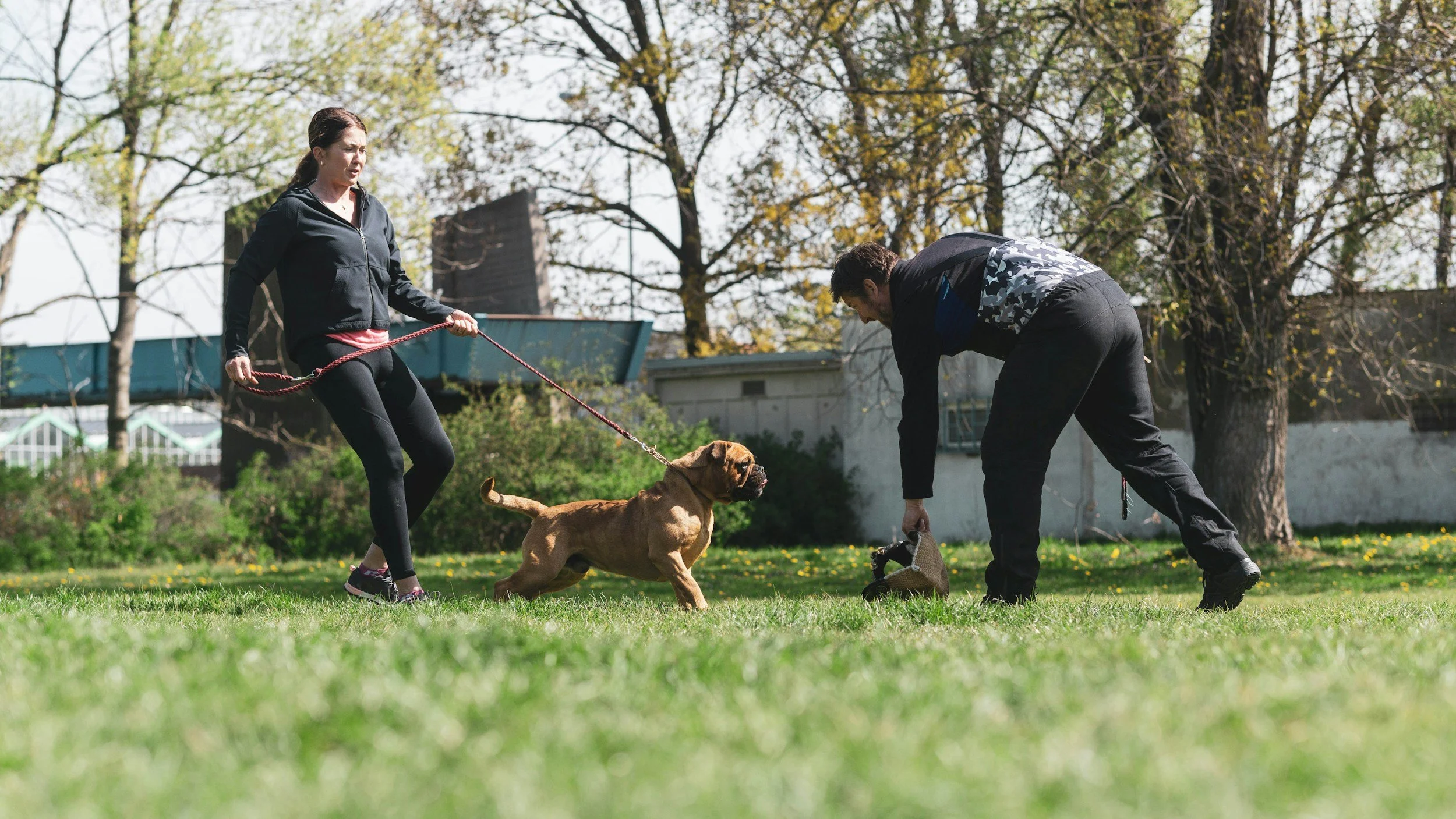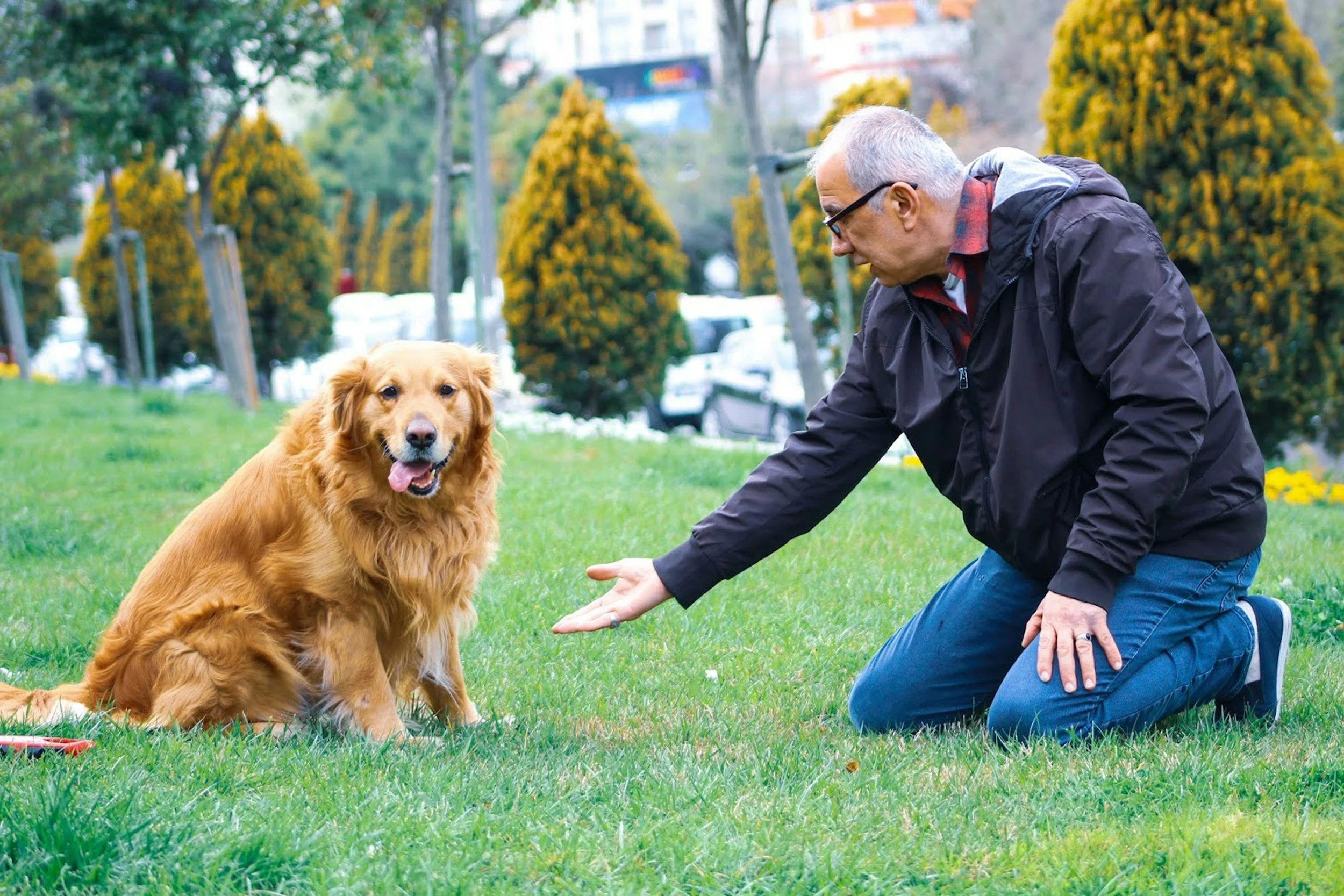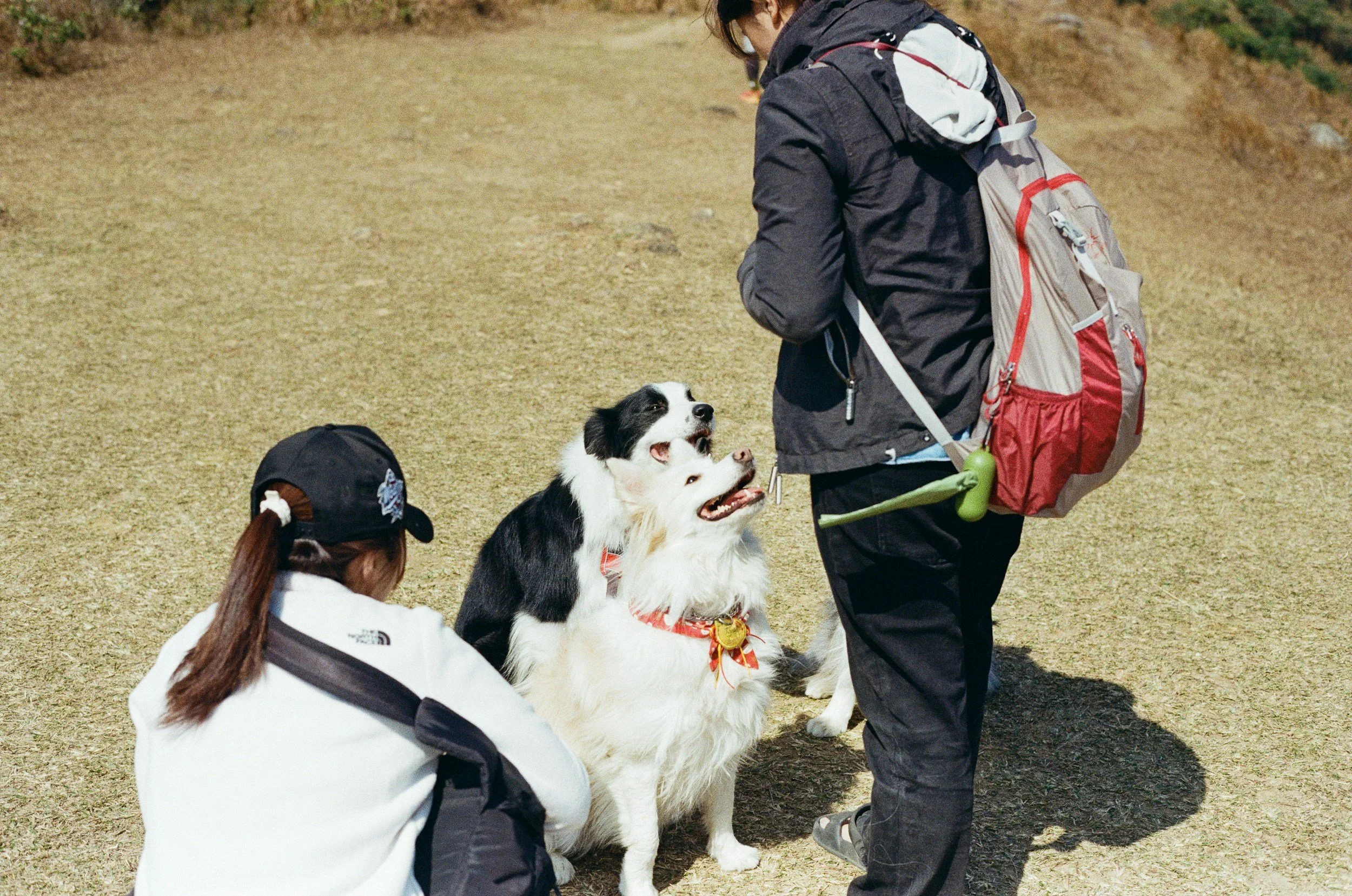Services: How It Works
Step 1: Booking a Consultation
Your first step is a consultation. This initial session is where I get to know you and your dog, discuss your goals, and begin troubleshooting the skills you’d like help with. The consultation is FREE to demonstrate knowledge and answer important questions to discuss the next steps in your journey.
The consultation is not meant to directly teach you new skills but can offer clarifying guidance for direction moving forward. During this consultation, we will go over important things to know about the dog training process for your specific goal, and other resources you may need during your service.
In a service industry as unregulated as dog training, consultations are your opportunity to present any questions, concerns, or opinions you may have regarding how I train, what methods I use, and my training philosophy.
Step 2: Book a Training Session
After your consultation, I’ll follow up with a personalized training plan and next steps. At that point, you’ll be able to book your training sessions.
You’ll have flexible payment options, from single sessions to discounted packages, and all scheduling is managed through Square and Google Calendar. If you prefer, you can also schedule directly with me and returning clients may request access to a direct scheduling link for ongoing convenience.
Typically, one hour single sessions are $85. Packages, paid upfront, offer a 15% discount per session for $72.25 a session. Packages include all of the sessions within your personalized training plan and are valid for 180 days after purchase. Packages are also eligible for payment plans.
For the best results, I generally recommend booking at least four sessions following your consultation. This allows us to build consistency and then reassess your dog’s progress together after about a month.
Step 3: Stay Consistent
As much as I’d love to have mind-reading powers, I don’t! Booking recurring sessions — either by request or through the scheduling link — helps us stay aligned on your dog’s training plan, behavior goals, and overall progress. This way, you can stay consistent at home, and I can provide targeted instruction where it will be most beneficial.
Consistency is what allows us to gradually add distractions, distance, and duration to the behaviors you want most. Even a single missed day can set your dog back significantly — not because they’re stubborn, but because dogs don’t have the same ability to rationalize and connect the dots that we do.
On that same note, some weeks won’t be easy and you may need extra support that I’m more than willing to provide by text, scheduled phone/zoom call, or a short visit.
Step 4 and Beyond
Did I mention consistency yet? After your initial four sessions or package, you may feel like you’re ready to take on the world — and that’s great! But to set you and your dog up for long-term success, I recommend scheduling another set of four. Training can feel easy in familiar settings, but new places or bigger distractions often bring fresh challenges.
After every month of training, we’ll pause to reassess your dog’s progress and adjust the plan as needed. As someone with a picky dog, I totally understand that sometimes things don’t go to plan.
As you move forward, you’ll also have opportunities to join group sessions, pack walks, and other community events to keep building skills in real-world environments.
Book Your Consultation!
FAQs
-
95% of how I train is prevention of unwanted behavior, positive reinforcement, and teaching an alternate behavior. For example, if your dog nonstop barks at cars while out on a walk, we can teach them to look at you instead beforehand so that we set them up for success. However, 5% of my job is accurately correcting an unwanted behavior to make doing the wrong thing a bit harder, like tethering an unsettled dog until they settle, or using leash pressure for additional and clear communication. Typically, the height of the tools I use is a slip leash.
-
Aggressive dogs, especially human aggressive dogs, need a more intense approach to their training than what I can currently offer as a mobile trainer. It’s recommended to consult with your veterinarian first if your dog is exhibiting sudden outbursts of aggression to rule out pain or illness. If there is no pain or illness, your next step is a behavior consultant, usually through IAABC.
-
Group training is reserved for current or past clients who have done training sessions with me to work on skills independently. Group sessions, whether one-off or packaged, are only used to reinforce those skills already learned with added distractions, rather than teaching new ones.
-
There are many breeds I’ve worked closely with, just as there are breeds I’ve never seen in front of me. Before any consultation, I always do breed research so that I can be prepared to talk about breed related topics like enrichment, temperament, appropriate training, and lifestyle match.




